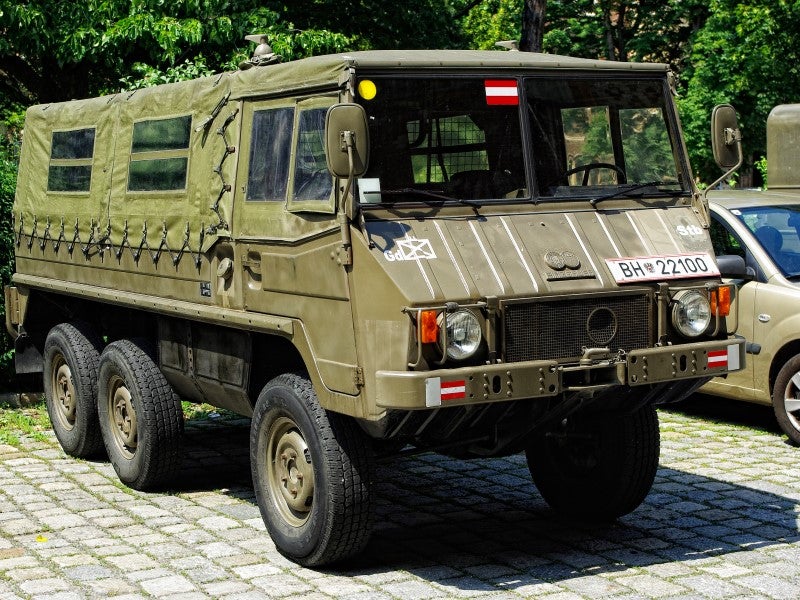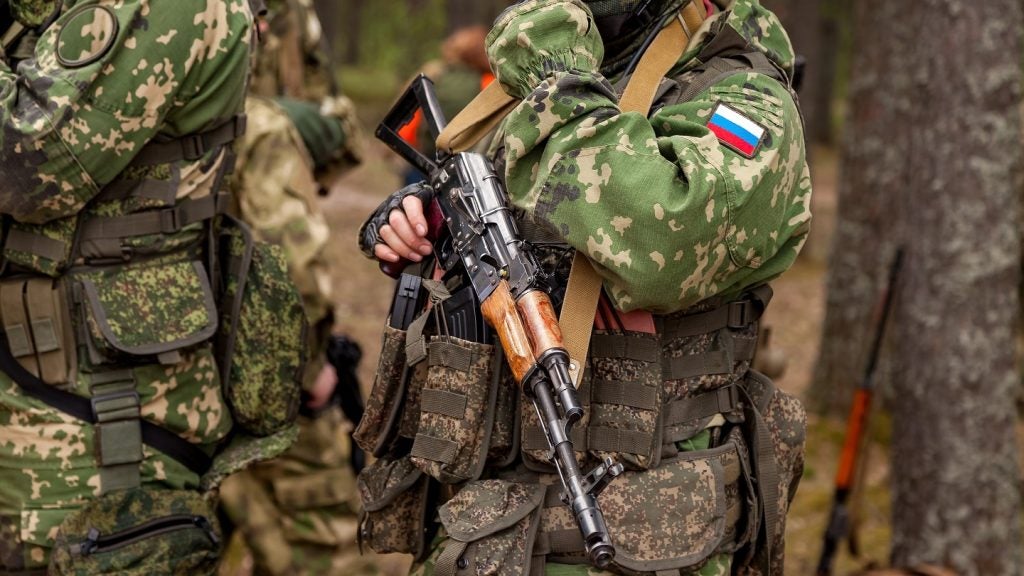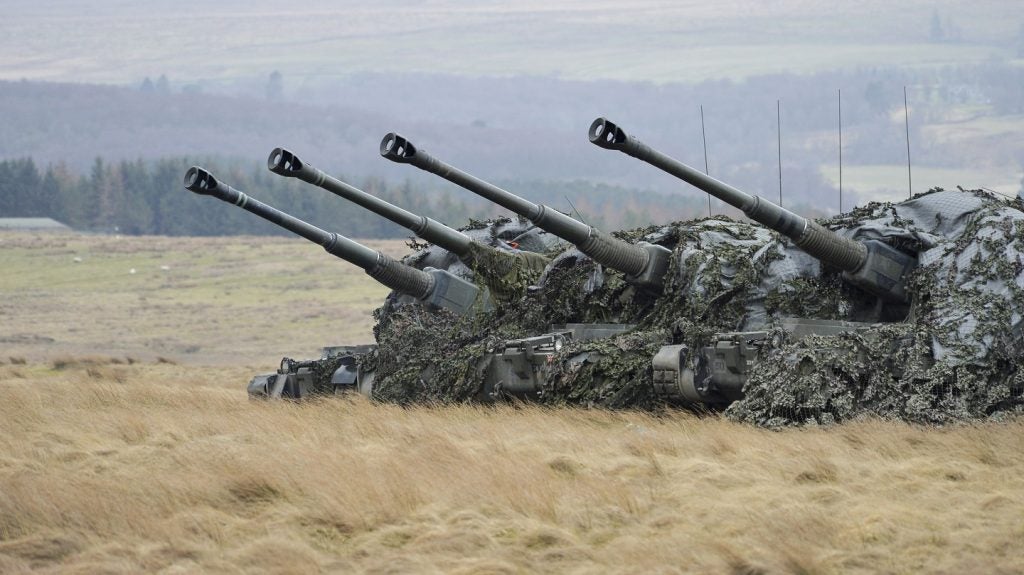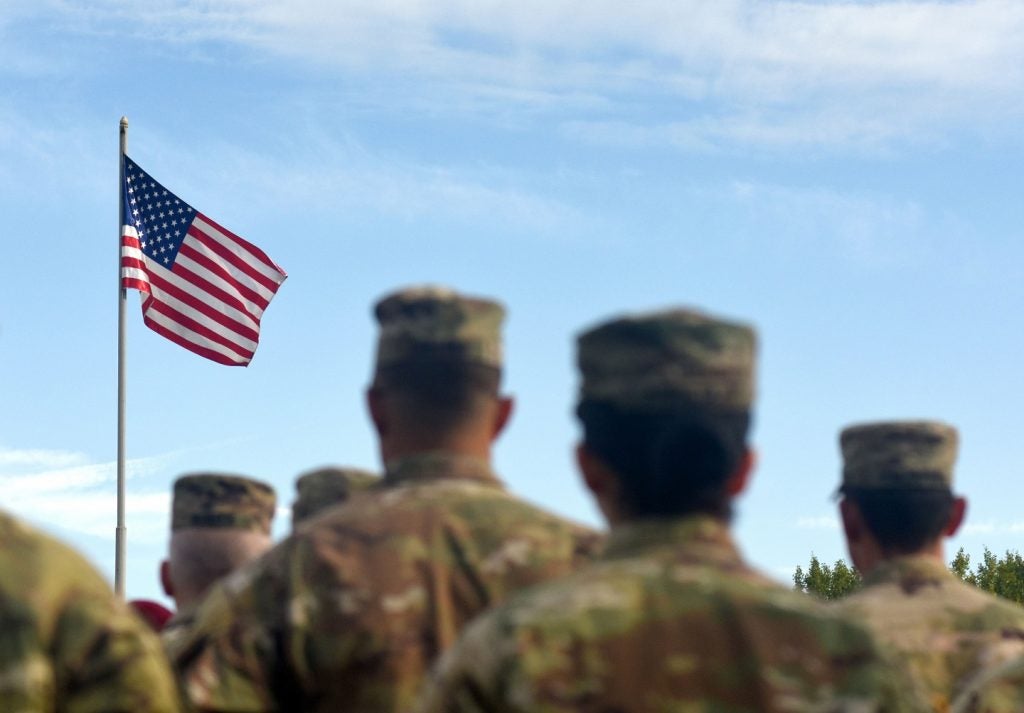The crisis in Ukraine has alerted the Austrian military to the insufficiency of its military spending, with the chancellor saying there will be a ‘significant increase’ and that spending will reach 1% of GDP, up from the 0.74% it is currently at. Whilst this is a notable increase for the country, it still leaves it significantly behind its neighbours – including Germany which has committed to increasing spending to 2% of GDP. The reason this spending is insufficient is that it provides Austria with little capabilities to modernise its military and make new acquisitions. In comparison to Switzerland, which has a similar population, but spent more than $8bn on defence in 2021 (or 1.14% of its GDP) while Austria spent $3bn in the same period. This increased spending provides Switzerland with the capability to purchase new fighter jets, mortars and Patriot missiles.
Austria is committed to a number of major procurement programmes including a replacement for its Saab 105 trainer-aircraft, AW169 helicopters and Pandur 6*6 armoured vehicles – according to GlobalData. These procurement programmes will cost a significant amount, around $4.9bn over the next 10 years and leave Austria little manoeuvrability in terms of new purchases, but increasing the defence budget to 1% would alleviate some of this constraint. Austria has faced significant problems in recent years maintaining its military forces and is pursuing an infrastructure upgrade programme as well as various procurement projects – the budget increase will give the country scope to invest in European programmes as well as its own domestic security.
Austria is an officially neutral country and has been against the idea of a European army but commented recently that communication and interoperability between EU military forces are critical. Austria is also committed to the EU treaty, which stipulates members must aid each other in case of an invasion, indicating that they are prepared for military action if necessary. Austria’s neutrality has been challenged in recent years, with commitment to the Permanent Structured Cooperation (PESCO) coming under scrutiny for potentially being incompatible with the state’s neutral stance, and strong opposition to NATO membership remaining despite Austria increasingly committing to European defence cooperation.
The Austrian military lacks modern equipment and significant purchasing capabilities, its domestic defence industry is established and includes companies such as Glock and Schiebel Corp, but despite this, the Austrian military continues to be underfunded and struggling with the purchasing of new equipment. Its military priorities include modernisation but its plans for future purchases, including aircraft, are hard to achieve because of the country’s constrained acquisition budget – even if spending is increased to 1% purchases, a replacement for the Saab 105 jet trainer, for example, will still be hard to achieve.
The country still practices conscription for all adult men, with a minimum term of six months – meaning it has a population that is relatively prepared in a military sense. Austria’s relatively low levels of military spending have been a significant subject of debate in recent years, and comments by Austria’s defense Minister Klaudia Tanner emphasising that the EU’s reaction speeds need to be increased signal increased commitment to EU defence operations.









